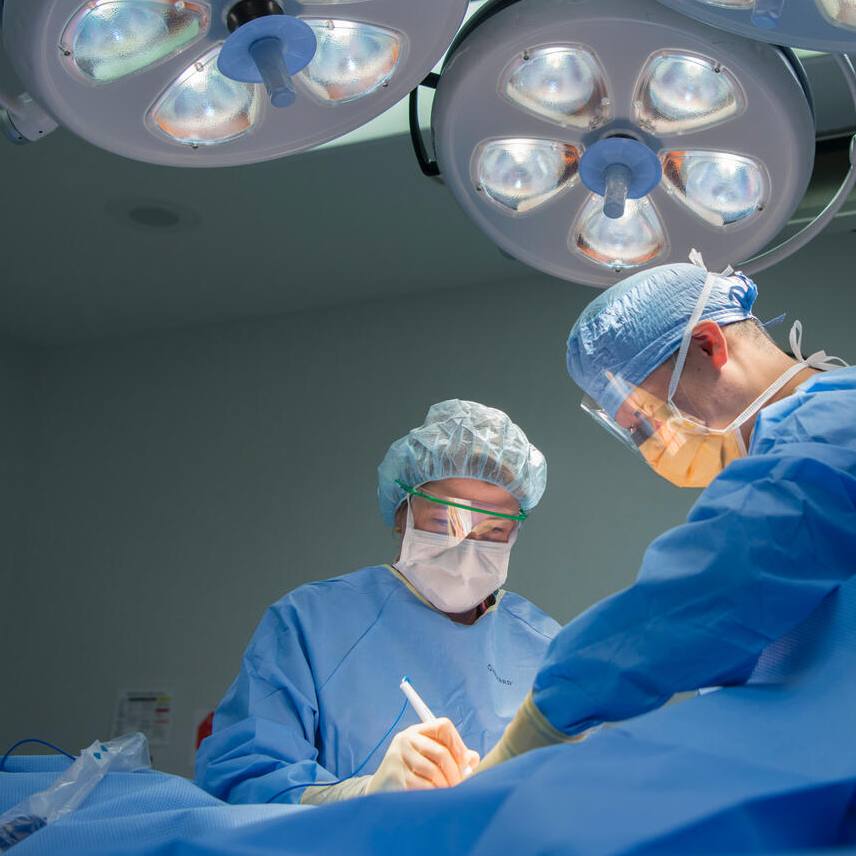-
Mayo Clinic Q & A
Mayo Clinic Q and A: How do you treat hemorrhagic cysts?

DEAR MAYO CLINIC: What causes hemorrhagic ovarian cysts, and what is the treatment for them? Will having one of these cysts affect my ability to conceive?
ANSWER: Hemorrhagic ovarian cysts happen in women who haven't gone through menopause. They are a result of ovulation. Why some women develop these cysts and others do not isn't clear.
Treatment for hemorrhagic ovarian cysts depends on the size of the cyst and if it causes symptoms. Symptoms usually include pelvic pain, a feeling of fullness or heaviness in the abdomen, and bloating. The cysts typically don't affect a woman's fertility.
Your two ovaries are located on either side of your uterus. They're each about the size and shape of an almond. Eggs, also called ova, develop and mature in the ovaries and are released in monthly cycles during your childbearing years.
Ovarian cysts are fluid-filled sacs or pockets within or on the surface of an ovary. Hemorrhagic ovarian cysts develop during ovulation when an egg is released through an ovarian follicle on its surface, and that follicle bleeds into a cyst. It's not known why this happens.
Having a hemorrhagic ovarian cyst is not necessarily a problem. Many times, these cysts don't cause symptoms and are often found during a pelvic exam that's performed for another reason. If a cyst is small or medium in size, and isn't causing you pain or other symptoms, your health care professional likely will recommend monitoring it.
Monitoring may involve getting a pelvic ultrasound every few months to see if the cyst has changed in size, particularly if a woman is symptomatic. Typically, though, other treatment is not needed. In many cases, the cyst goes away in a few months on its own.
If a cyst is larger than about 10 centimeters, or if it causes pain, a feeling of fullness in your pelvis or other symptoms, then surgery usually is recommended to remove it. Some cysts can be taken out by removing the entire ovary. But if the cyst has damaged the ovary to the point that no healthy tissue can be saved, the surgeon removes all of the ovary.
In general, hemorrhagic cysts do not negatively affect fertility. Even if one ovary needs to be removed, as long as the other ovary remains healthy, you likely will be able to conceive. This assumes you don't have other medical issues that could affect your fertility. The only time fertility may become an issue as a result of hemorrhagic ovarian cysts is when cysts develop on both ovaries, and both ovaries need to be removed.
There's no proven way to prevent new hemorrhagic ovarian cysts from developing. Some evidence suggests that suppressing ovulation by taking birth control pills could reduce the risk of ovarian cysts. But that is not always effective.
Getting regular pelvic exams is one way to ensure that any new changes in your ovaries, including new cysts, are found as soon as possible. Along with those exams, pay attention to changes in your monthly cycle, including symptoms that may accompany menstruation that aren't typical for you or that last for more than a few cycles. Symptoms to watch for include persistent pelvic pain, a feeling of fullness or heaviness in your pelvis, and pain during sex or during a bowel movement. Talk with your health care team about any symptoms or changes that you may notice. — Dr. Kristina Butler, Obstetrics and Gynecology, Mayo Clinic, Phoenix







